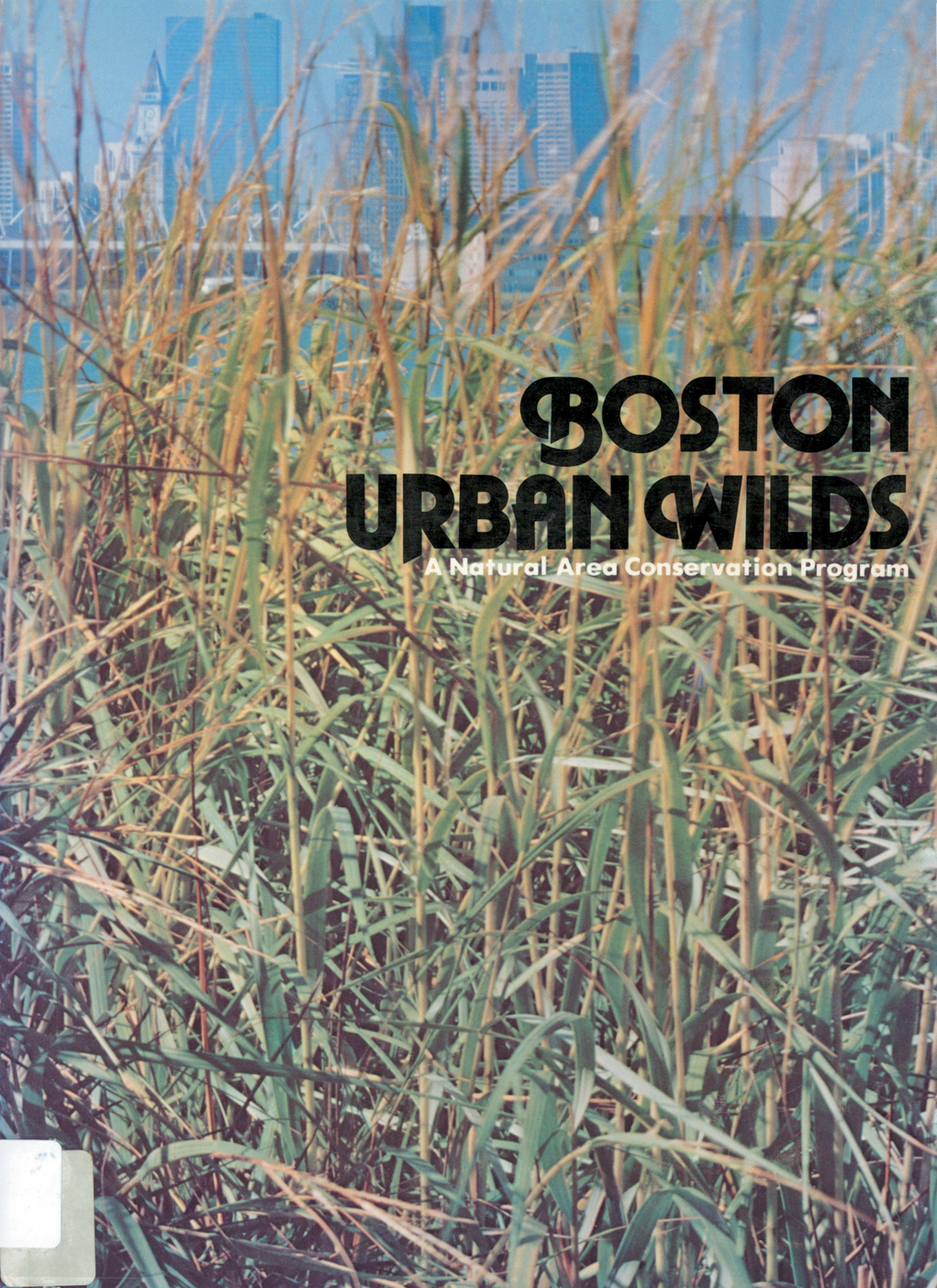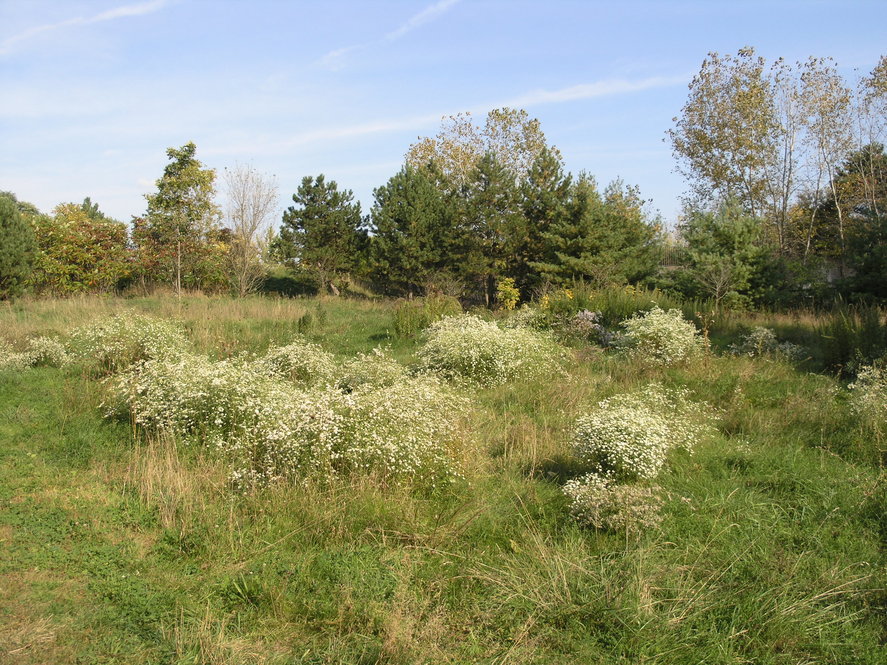
Peter Del Tredici, Senior Research Scientist Emeritus
Senior Research Scientist Emeritus, Arnold Arboretum
Visiting Lecturer of Applied Ecology and Planning, MIT
Contact
- Phone:
- 617.384.5764
- Fax:
- 617.524.1418
- Email:
- peter_deltredici@harvard.edu
Biography

My research interests are wide ranging and mainly involve the interaction between woody plants and their environment. Over the course of thirty plus years at the Arnold Arboretum, I have worked with a number of plants, most notably Ginkgo biloba, conifers in the genera Tsuga and Sequoia, various magnolias, and several Stewartia species (family Theaceae). In all of my work, I attempt to integrate various aspects of the botany and ecology of a given species with the horticultural issues surrounding its propagation and cultivation. This fusion of science and practice has also formed the basis of my teaching at the Harvard Graduate School of Design (since 1992), especially as it relates to understanding the impacts of climate change and urbanization on plants in both native and designed landscapes. Most recently, the focus of my research has expanded to the subject of spontaneous urban vegetation which resulted in the publication of “Wild Urban Plants of the Northeast: A Field Guide” (Cornell University Press, 2010).
Recent Publications
Davis MA et al. 2011. Don’t judge species on their origins. Nature 474: 153-154 [pdf]
Del Tredici P. 2010. Spontaneous urban vegetation: reflections of change in a globalized world. Nature and Culture 5(3): 299–315 [pdf]
Azuma H, Figlar RB, Del Tredici P, Camelbeke K, Palmarola-Bejerano A, Romanov MS. 2010. Intraspecific sequence variation of cpDNA shows two distinct groups within Magnolia virginiana L. of eastern North America and Cuba. In press, Castanea.
Del Tredici P. 2008. Disturbance ecology and symbiosis in mine-reclamation design. In: A. Berger (ed.), Designing the Reclaimed Landscape, pp. 13–25. Taylor and Francis, New York [pdf]
Del Tredici P. 2007. The phenology of sexual reproduction in Ginkgo biloba: ecological and evolutionary implications. Botanical Review 73(4): 267–278. [pdf]
Del Tredici P. 2007. The Arnold Arboretum: a botanical bridge between the United States and China form 1915 through 1948. Bulletin of the Peabody Museum of Natural History 48(2): 261–268. [pdf]
Del Tredici P. 2007. The role of horticulture in a changing world. In: M. Conan and W. J. Kress (eds.), Botanical Progress, Horticultural Innovation, and Cultural Changes, pp. 259–264. Dumbarton Oaks, Washington DC. [pdf]
Del Tredici P. 2007. Magnolia x thompsoniana ‘Cairn Croft.’ Arnoldia 41(79): 4–9. [pdf]
Primack D, Imbres C, Primack RB, Miller-Rushing AJ, Del Tredici P. 2004. Herbarium specimens demonstrate earlier flowering times in response to warming in Boston. American Journal of Botany 91(8): 1260–1264 [pdf]
Del Tredici P, Kitajima A. 2004. Introduction and cultivation of Chinese hemlock (Tsuga chinensis) and its resistance to hemlock woolly adelgid (Adelges tsugae). Journal of Arboriculture 30(5): 282–286 [pdf]
Dosmann M, Del Tredici P. 2003. Plant introduction, distribution and survival: a case study of the 1980 Sino-American Botanical Expedition. BioScience 53: 588–597 [pdf]
Li J, Del Tredici P, Yang S, Donoghue MJ. 2002. Phylogenetic relationships and biogeography of Stewartia (Camellioideae, Theaceae) inferred from nuclear ribosomal DNA ITS sequence. Rhodora 104: 117–133
Del Tredici P, Li J. 2002. Stewartia ‘Scarlet Sentinel.’ HortScience 37(2): 412–414 [pdf]
Del Tredici P. 2001. Sprouting in temperate trees: a morphological and ecological review. Botanical Review 67 (2): 121–140 [pdf]





